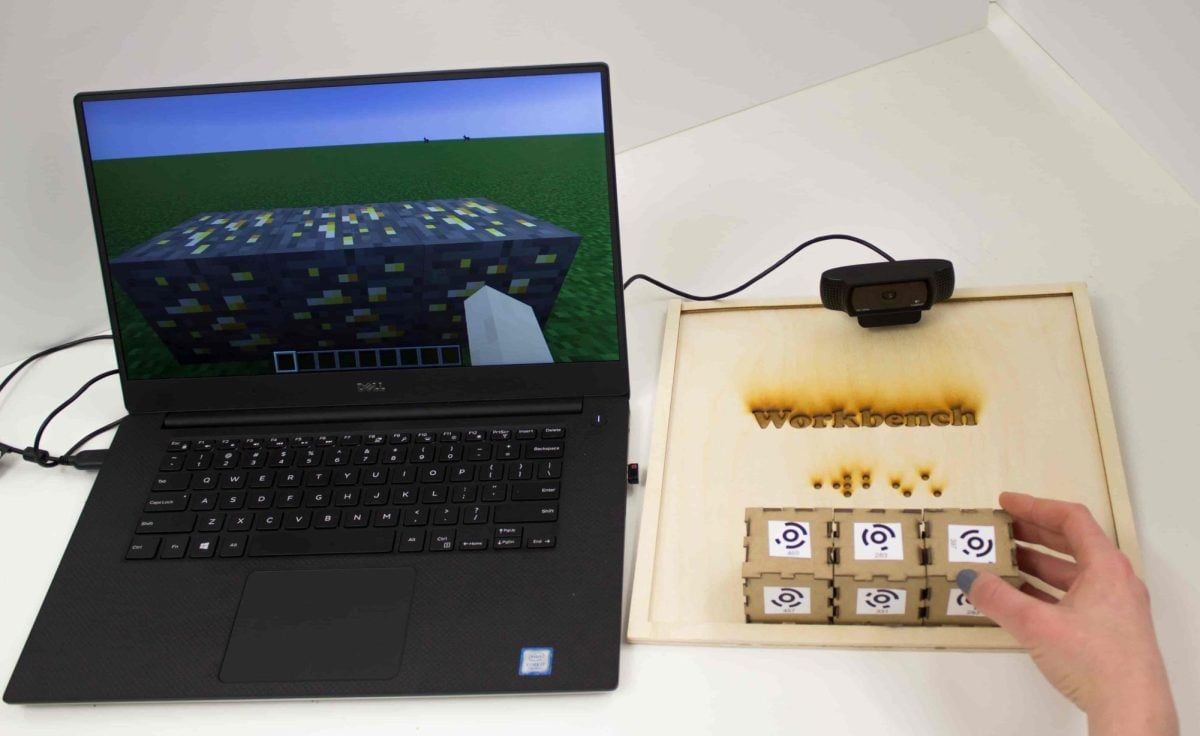Northwestern researchers have developed a new method of delivering drugs to cancer cells without harming healthy cells.
NU chemistry and material sciences Prof. Teri Odom led the study, in which researchers developed special nanoparticles called gold nanostars to transport drugs to specific sites within the nuclei of cancer cells.
The study, titled “Direct Observation of Nanoparticle-Cancer Cell Nucleus Interactions,” was published in the journal ACS Nano on March 16.
According to Odom, the nanostars are intended for injection into the body along with a cancer drug called AS1411. This drug is currently undergoing Phase 2 clinical trials in the Food and Drug Administration approval process, where researchers will collect data on its potential benefit, using cancer patients as participants. The nanostars will carry the drug to cancer cells, where they can bind to the cells’ surface proteins, enter the cell and travel to the nucleus, Odom said.
“The nanoparticle is an effective carrier because it keeps the drug molecules safe,” Odom said. “It stabilizes them.”
According to Duncan Dam, a third-year graduate student in NU’s chemistry department and the first author listed on the study, the ability for the nanostars to transport a large amount of drugs reduces the required necessary dosage. Dam said this will decrease side effects in the treatment of cancer patients by effectively targeting the drug to specific sites and reducing its circulation through the healthy cells in the body.
“Chemo tends to kill any cell it sees along the way, but for the drug we’re using, it only targets the bad cell, so it only kills the cancer cell,” Dam said. “It doesn’t kill the normal cells.”
Weinberg junior Joel Finbloom, president of Cancer Outreach Prevention Education at NU, said this characteristic of the nanoparticles will make a large impact on cancer therapy.
“It’s a very powerful step,” Finbloom said. “This style’s approach to drug delivery … is like the holy grail of cancer research. I think nanotechnology in particular is revolutionizing the field, and it’s offering a lot of new pathways that were not known to try to reach this goal.”
Odom said the nanostars will be most effective in surface cancers, such as cancer in the skin and breasts. She said this is because a light must be shined on the nanostars in order for them to release the drug into the nucleus, and this light can only travel so far through the body.
Studies on the nanostars have already been carried out in cell cultures, and research using mice is in its early stages, Odom said.
Odom said the process of getting nanostars approved for cancer therapy in humans will likely be a long one.
“It will take some time because there’s a range of studies that need to be done,” she said. “You have to get different types of approval, which takes years. In terms of drug development, it’s a very long cycle. That’s just the way the system is set up right now.”
But despite the importance of developing therapies for different diseases, Odom said more work needs to be focused on looking at how “nanoparticles interact within a cell.”
“We like to focus on the science because there’s always so much stuff to do there,” she said. “We look forward to the challenges to come along with possible therapeutics, but we can’t let that be our only driver.”
In the meantime, Dam said, researchers will begin exploring additional therapeutic uses for nanoparticles.
“Right now, we’re looking at only cancer,” he said, “but in the future we may look at other diseases that will use the same strategy with different types of drugs on the nanoparticle.”







